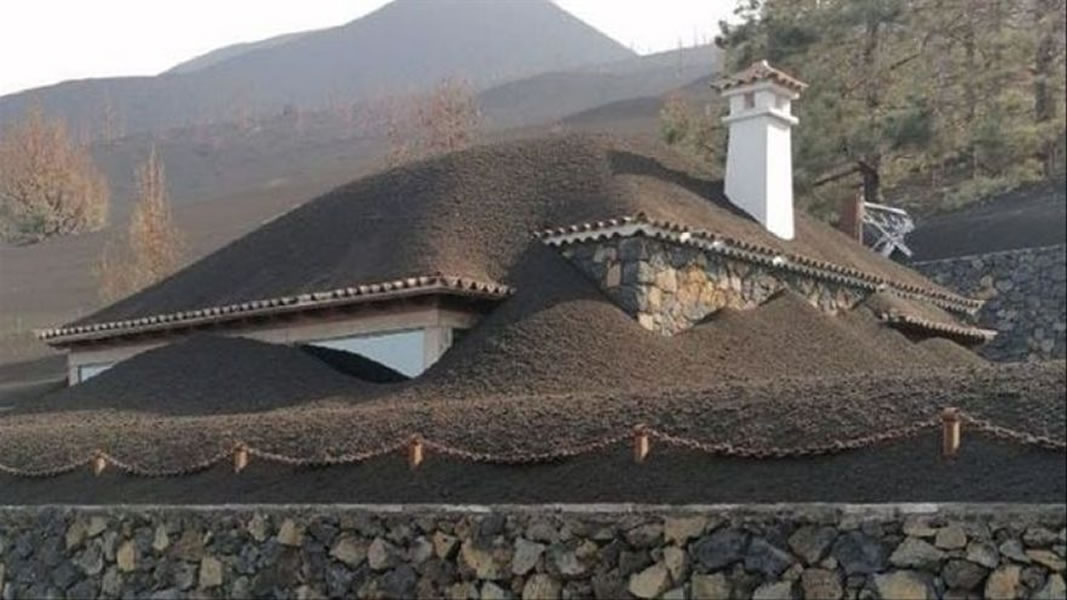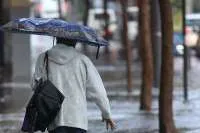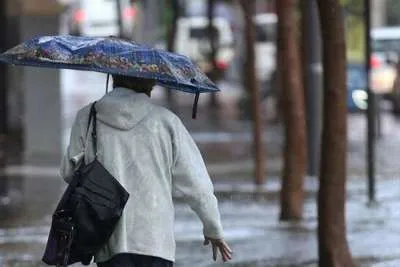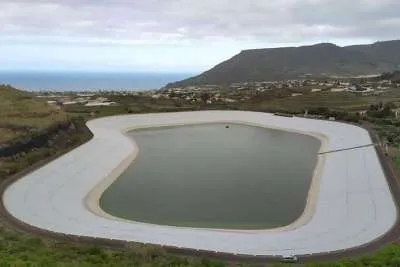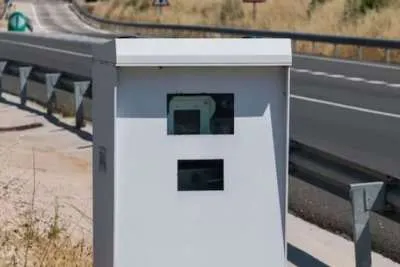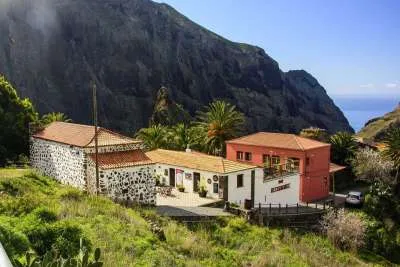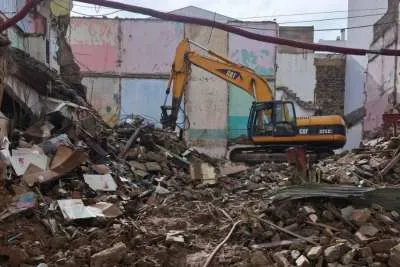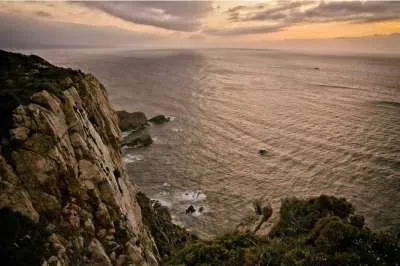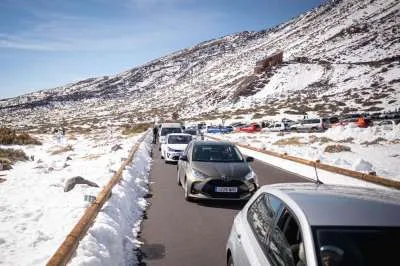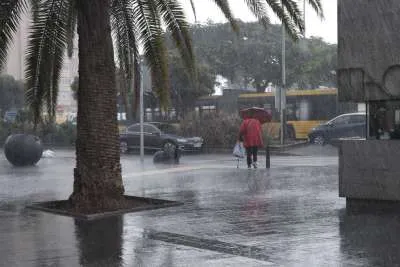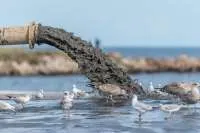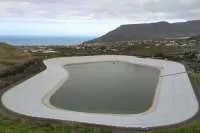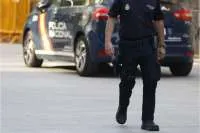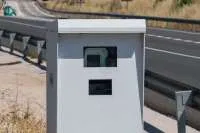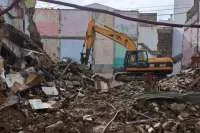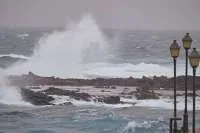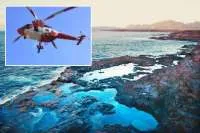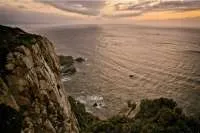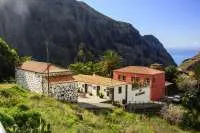Ash cloud is showing effect in La Palma, could head to La Gomera and Tenerife tomorrow
- 28-09-2021
- National
- Canarian Weekly
The image of this house in La Palma, covered in ash from the volcano, has quickly gone viral across social media as the effects of the eruption spread further than just the area of the lava flows. Fortunately the house is not located on the slope where the lava is being emitted from the crater, but on the other side of the mountain, where an ash cloud has arrived that is expected to spread to La Gomera and Tenerife.
The ash build-up is causing countless damages to buildings that have not been directly affected by lava. The Cabildo de La Palma has advised trying to sweep up or blow away the ash, but not to use water as that makes it worse.
At a press conference this afternoon, the spokesman for Pevolca, María José Blanco, and director of the IGN in the Canary Islands, Miguel Angel Morcuende, appeared together to give the latest update on the situation of the eruption. They confirmed that dependent on the weather, the ash cloud could affect airspace between La Palma, La Gomera, and the west of Tenerife tomorrow because the volcano is acting with a more effusive character compared to the previous days.
Regarding the meteorological forecast for the next 24 hours, AEMET predicts that winds from the northeast will continue to blow below 1,000 metres with intensities of between 25 and 40 km/h, and may be stronger on the southeast coast and on the northwest slope of La Palma. On the west side of the island, there will be breezes during the day. Between 1,500 and 3,000 metres of altitude, the wind will be from the north and, above this level a light west wind is forecast.
Blanco explained that due to this distribution of winds at these heights; a cloud of ash and Sulphur Dioxide (SO2) has been produced that is moving towards the south and southeast of the Archipelago. He added that due to its displacement, fine ash could easily reach La Gomera, but also the west coast of Tenerife.


